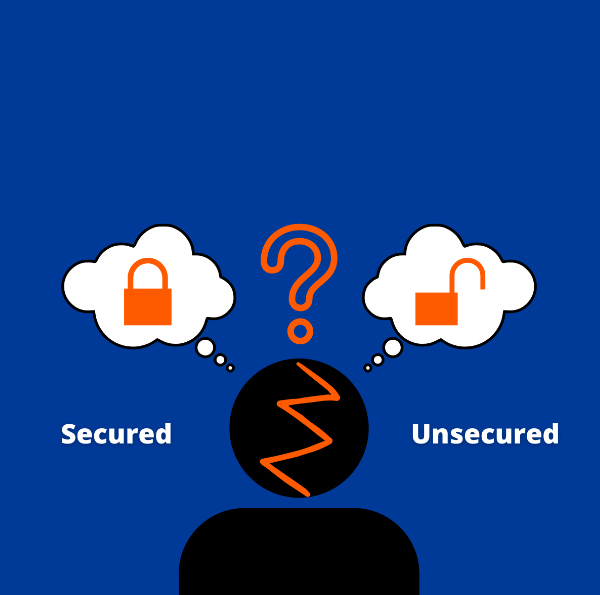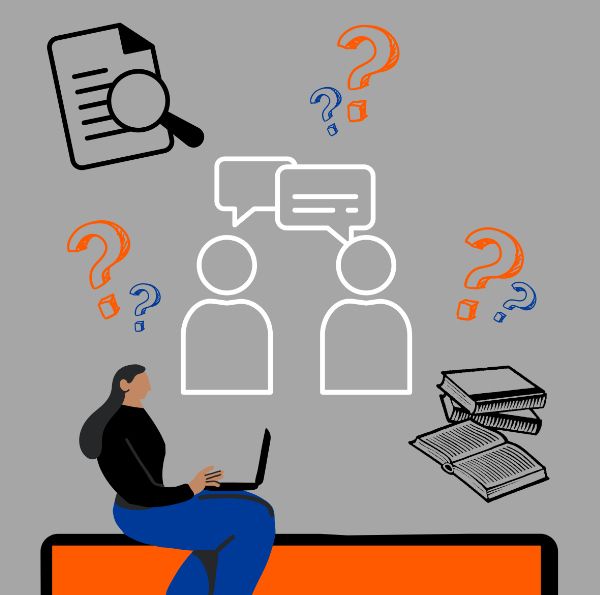If you are unfamiliar, two major categories that debt is primarily categorized under are secured and unsecured debts. These two types of debt have different risks, different rates and different rewards. It is important to understand them to know what kind of debt you are dealing with, or what kind of debt you might be getting into when pursuing loans and other lending options.
Unsecured Debt
Unsecured debt is a lot like it sounds! Debt that has not been secured by assets that a debtor may have. This means the debt has no collateral in the event of non-payment. This kind of debt is usually found from lending systems such as personal loans, credit cards, student loans and fast cash loans. With these types of loans, the money is usually lent out by banks and private companies like credit unions and online creditors and the lenders have no right to cease assets like your house or vehicle upon non-payment. If you have a better credit score you can get approved for lower rates, but this is not always the case. Non-payment of unsecured debts is what can start constant collection calls and harassment from creditors trying to get their money back.
Secured Debt
Now that we have covered unsecured debt, secured debt is fairly straight forward. It’s a debt that IS secured to your assets, like your house or car. One common example of this debt would be taking out a second mortgage on your home. If payments are failed, your house could be foreclosed, or your property seized. You also would not be able to sell your house without paying the portion you owe to the lender from the profit of the sale. A debt that is secured to your car could mean the same thing; the car would be repossessed from you.
Advantages and Disadvantages of Secured and Unsecured Debt
So secured and unsecured debts do have a big difference and it may seem clear which one is a better choice at first. An unsecured debt may seem more appealing because there is no risk of losing your house or car or whatever the debt may be secured to. It is a lot less risk for the consumer taking out the loan, and a higher risk for the lender. There is also a big upside when it comes to unsecured debts because unsecured debts are debts that you could manage through debt relief options like a consumer proposal, or debt consolidation – programs that we offer! However unsecured debt can lead to those incessant calls from creditors, both to you and your co-signer(s), as well as come with higher interest rates that may make it harder to pay back the loan over time. So, while your assets aren’t on the line, your peace of mind very well may be.
Secured debts also have their fallbacks, like the risk of losing personal assets like your house or car, if there comes a time you are unable to pay the debt. This is the main drawback of a secured debt, but they can have some advantages as well. Since the debts are secured, it is less risk for a lender, and it is likely that you can get approved for lower interest rates as opposed to unsecured debts. Additionally, your credit score is not as important for securing a loan.

If you need advice or guidance with your debts, feel free to reach out to DebtReview. We are always here to help and lend a hand. You can call us at 800-335-8176 or email us at info@debtreview.ca.

